MARIA BLANCHARD (1881-1932)
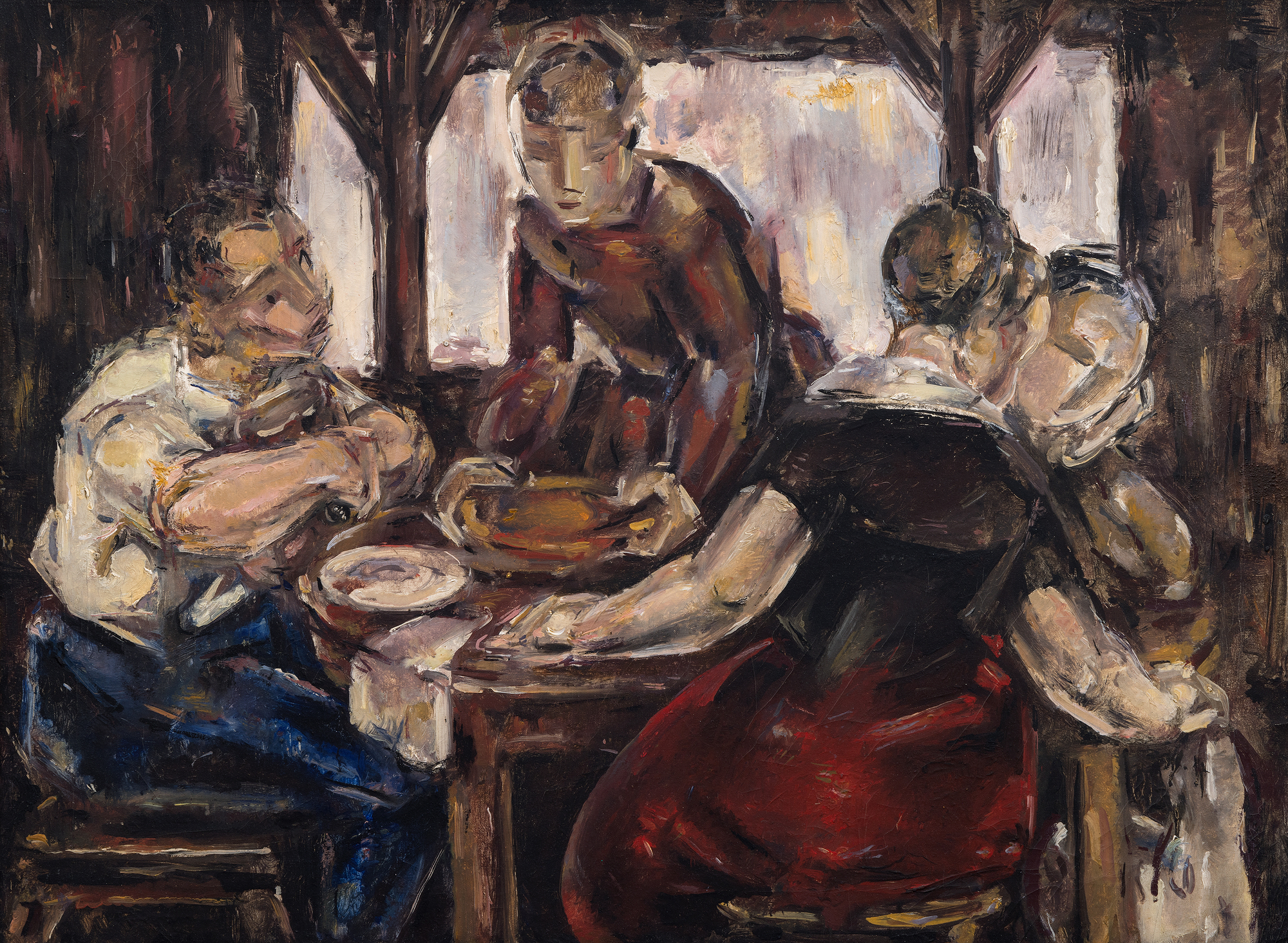
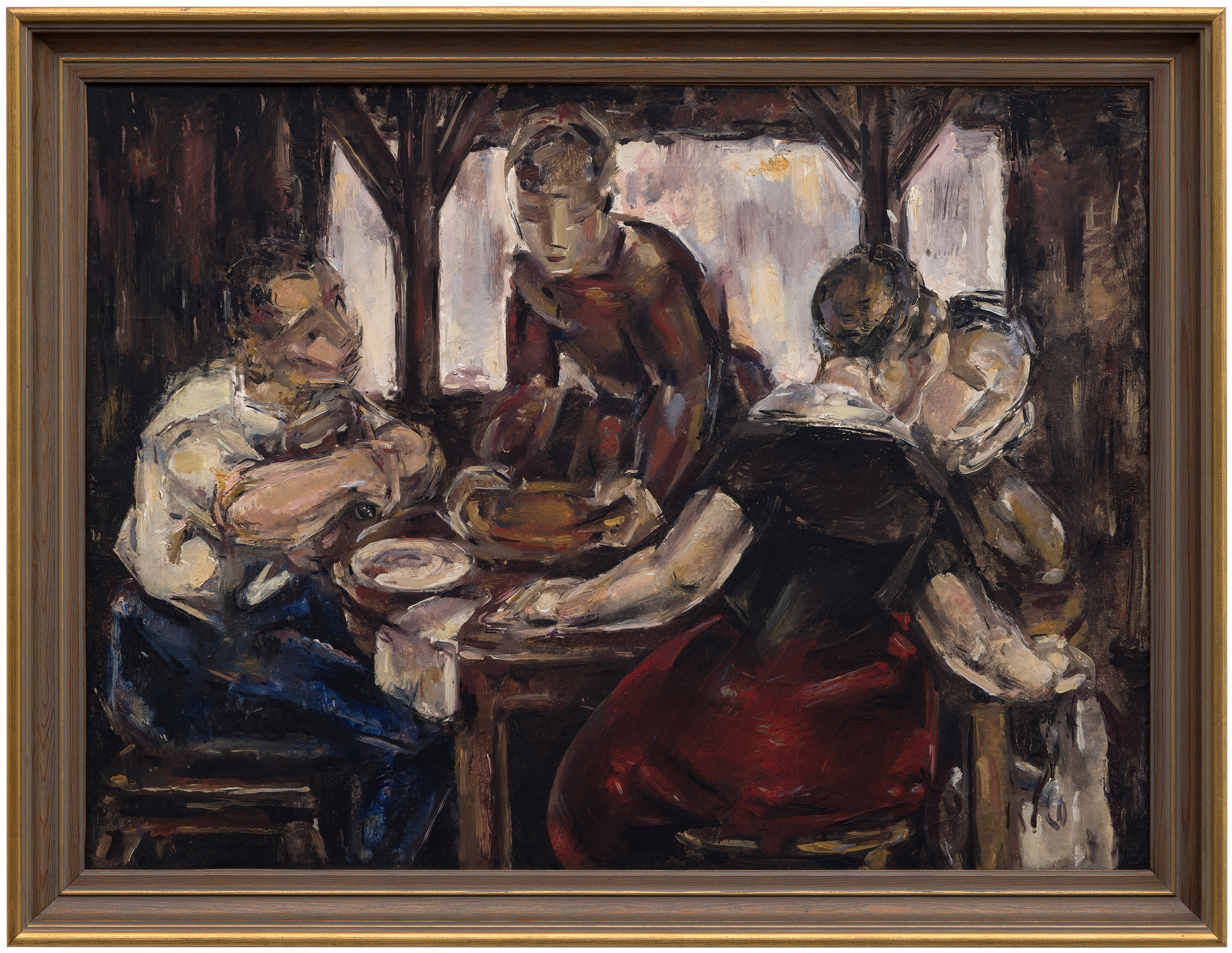
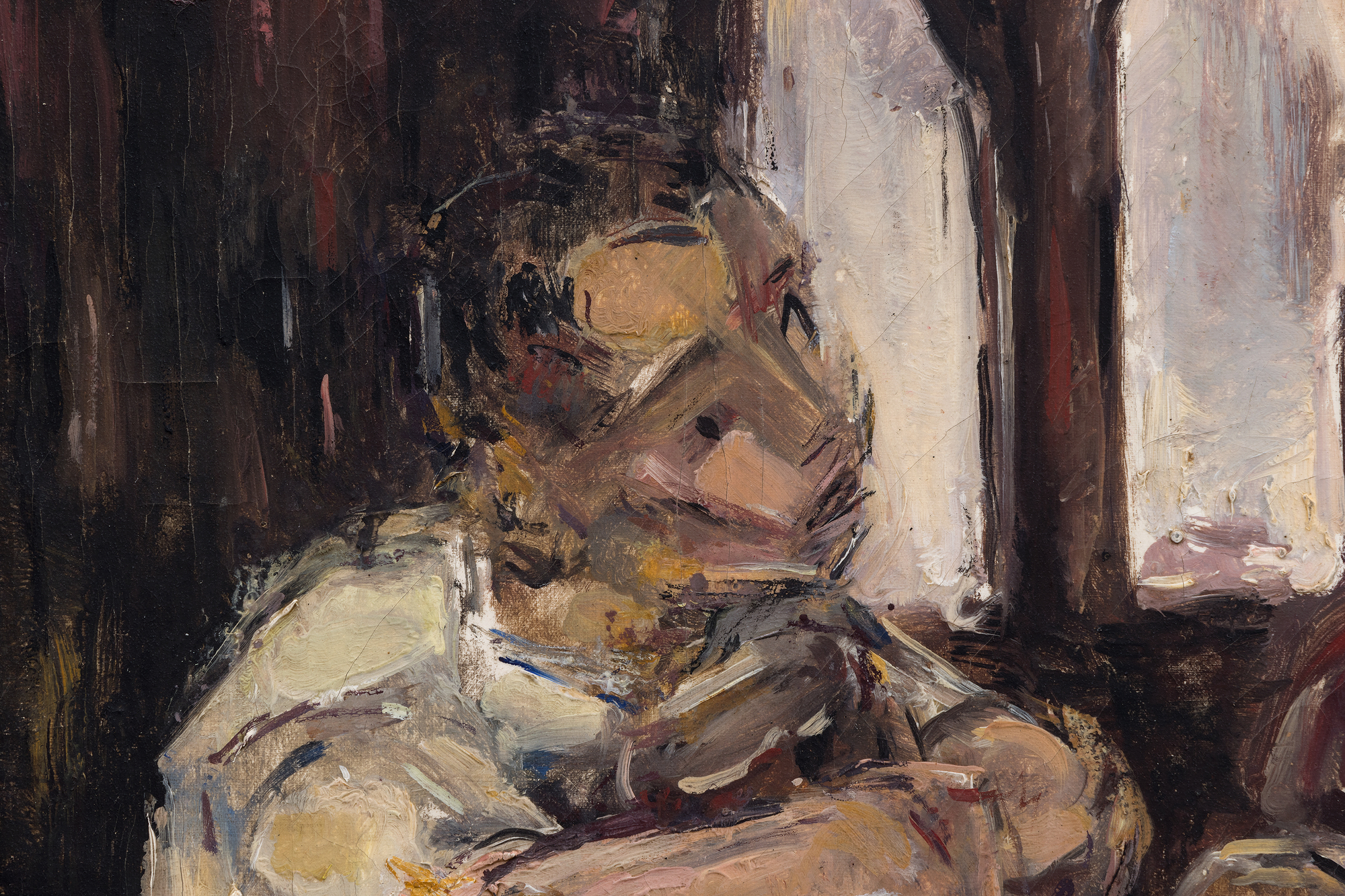
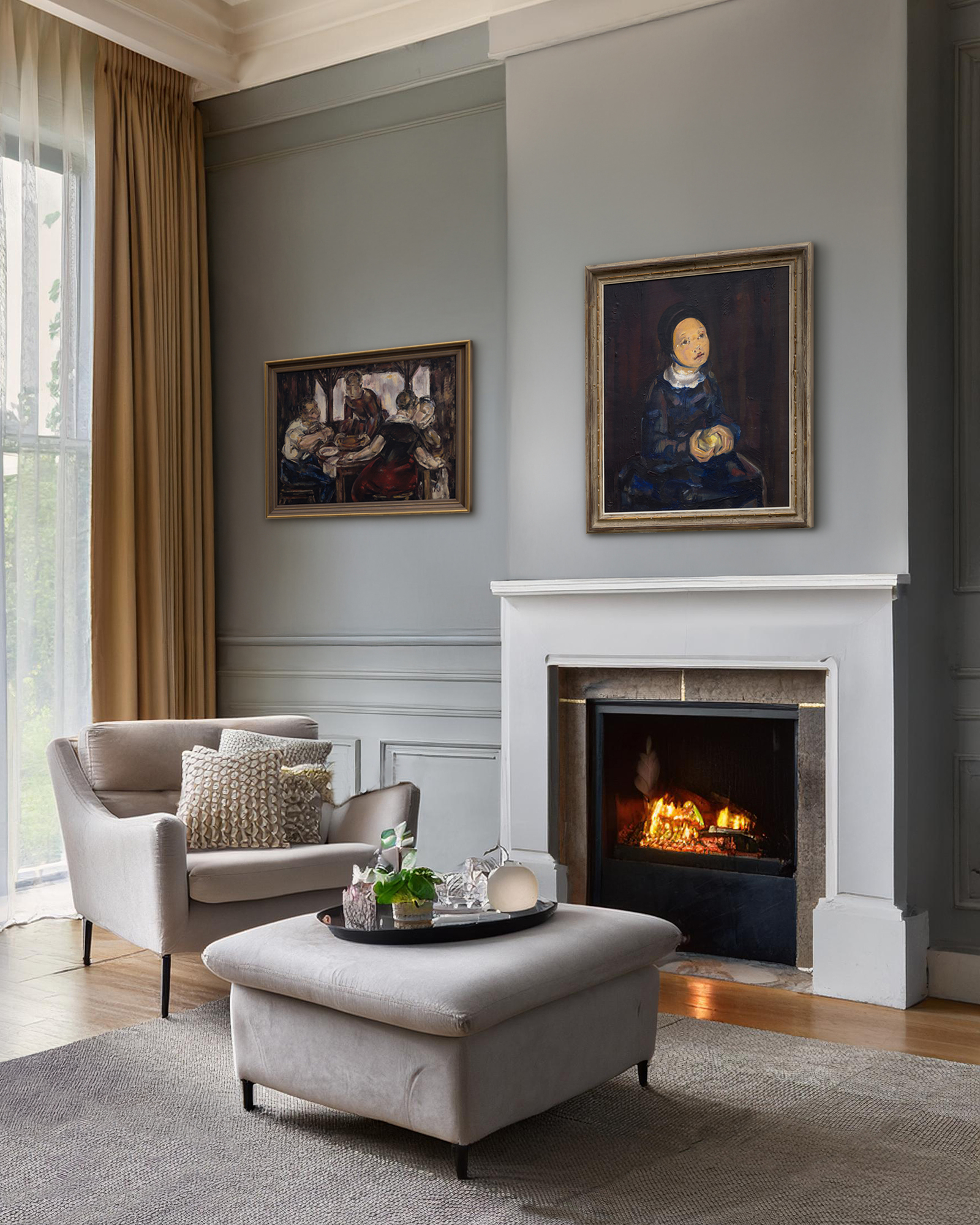
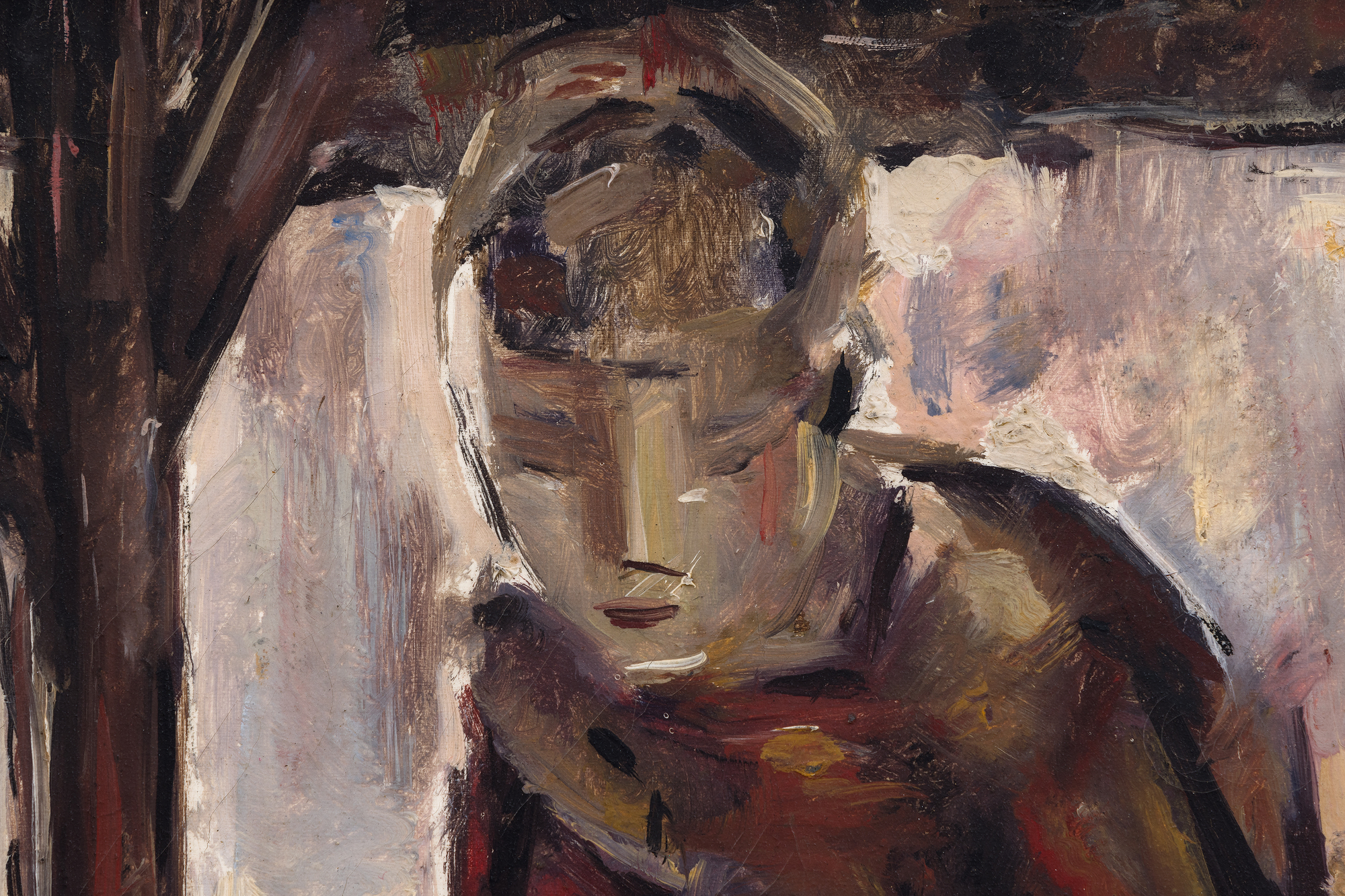
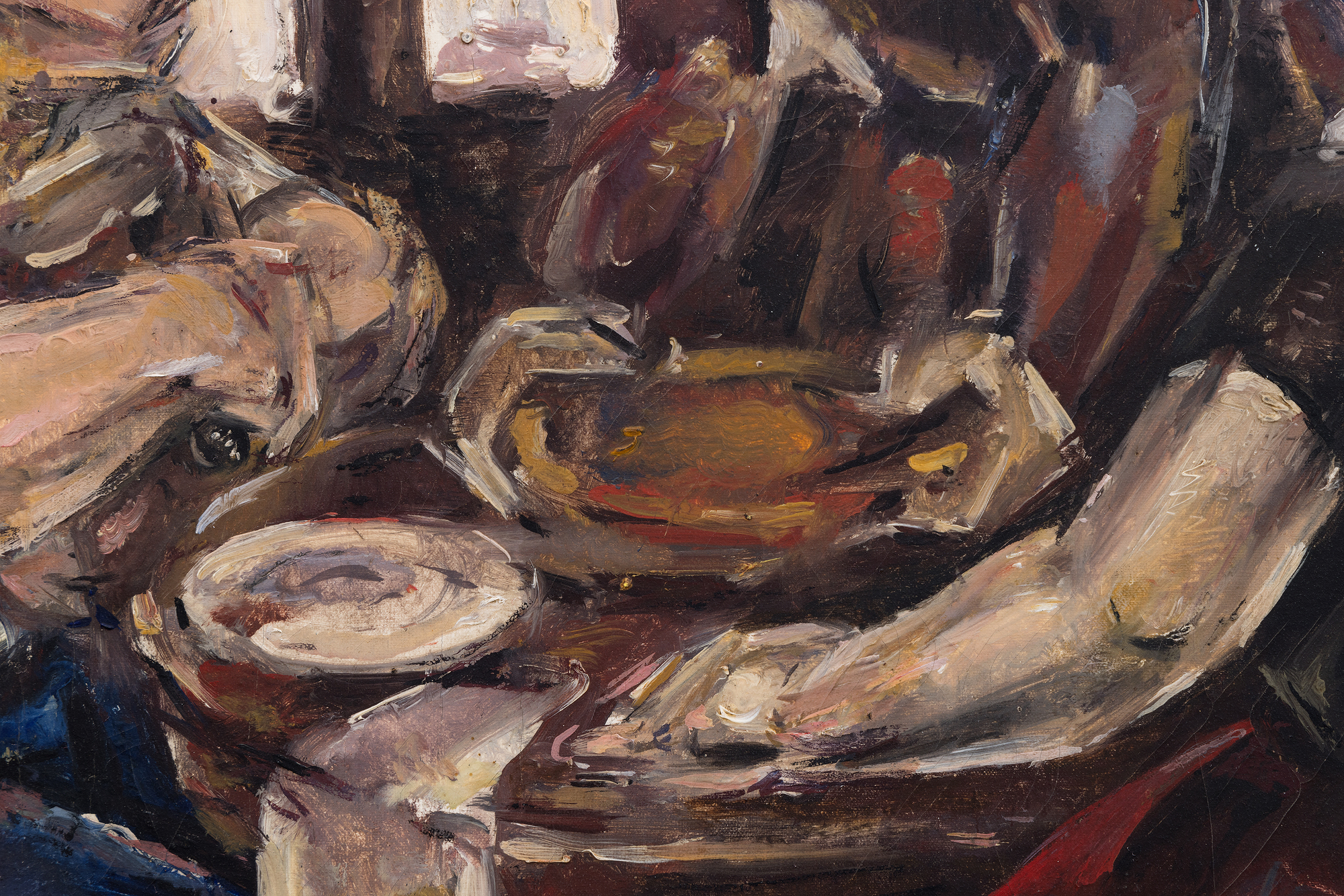
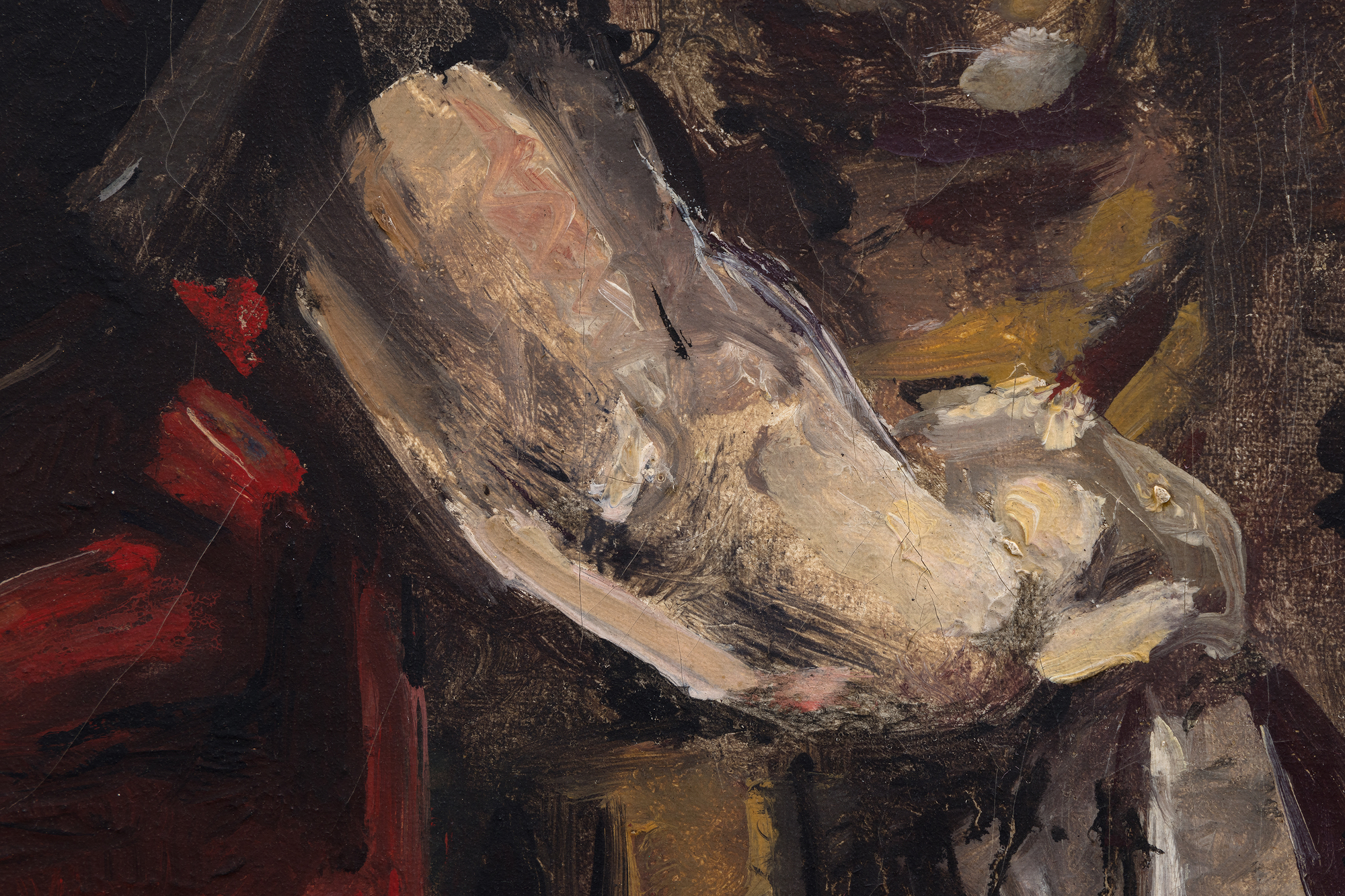
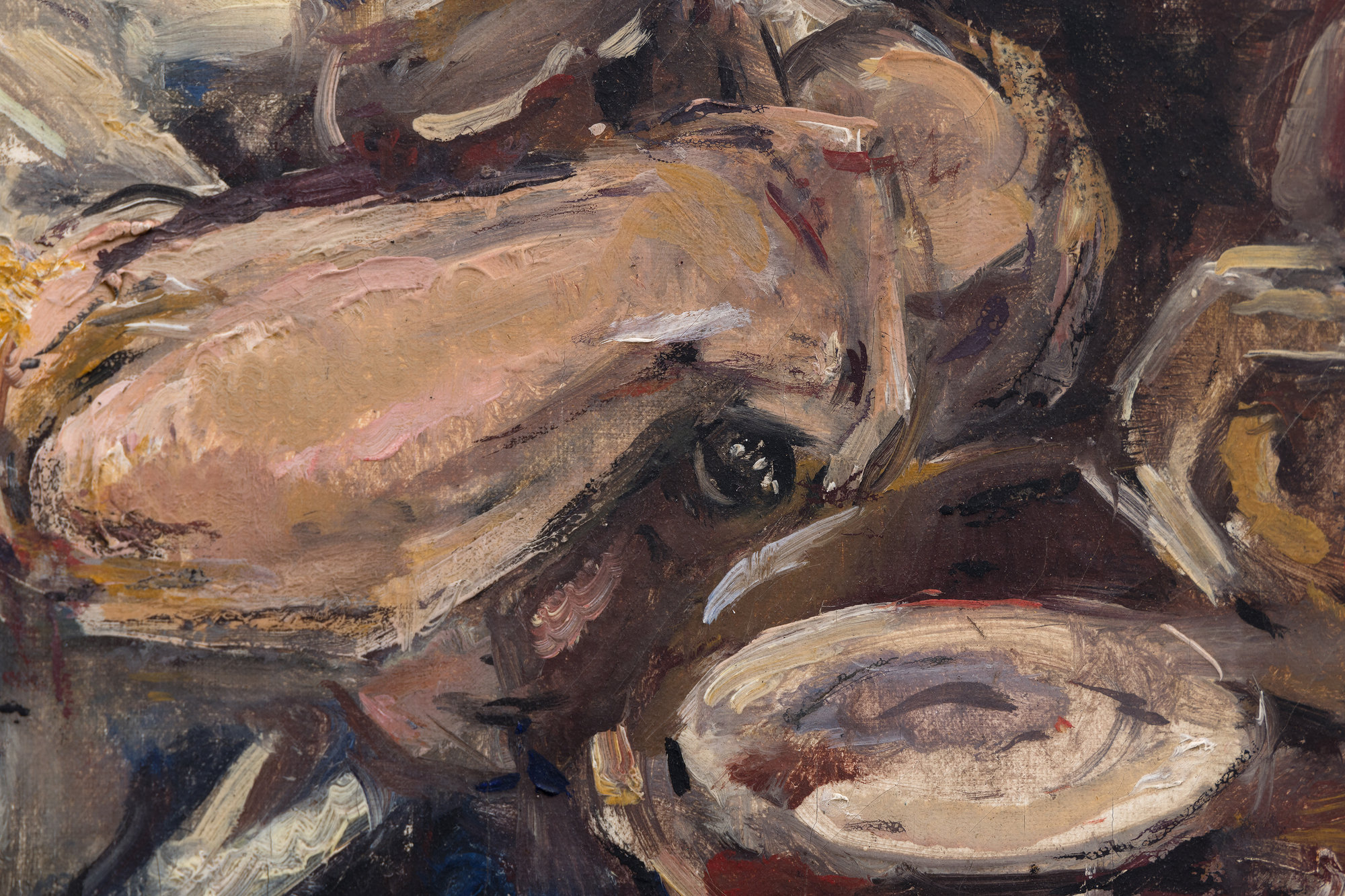
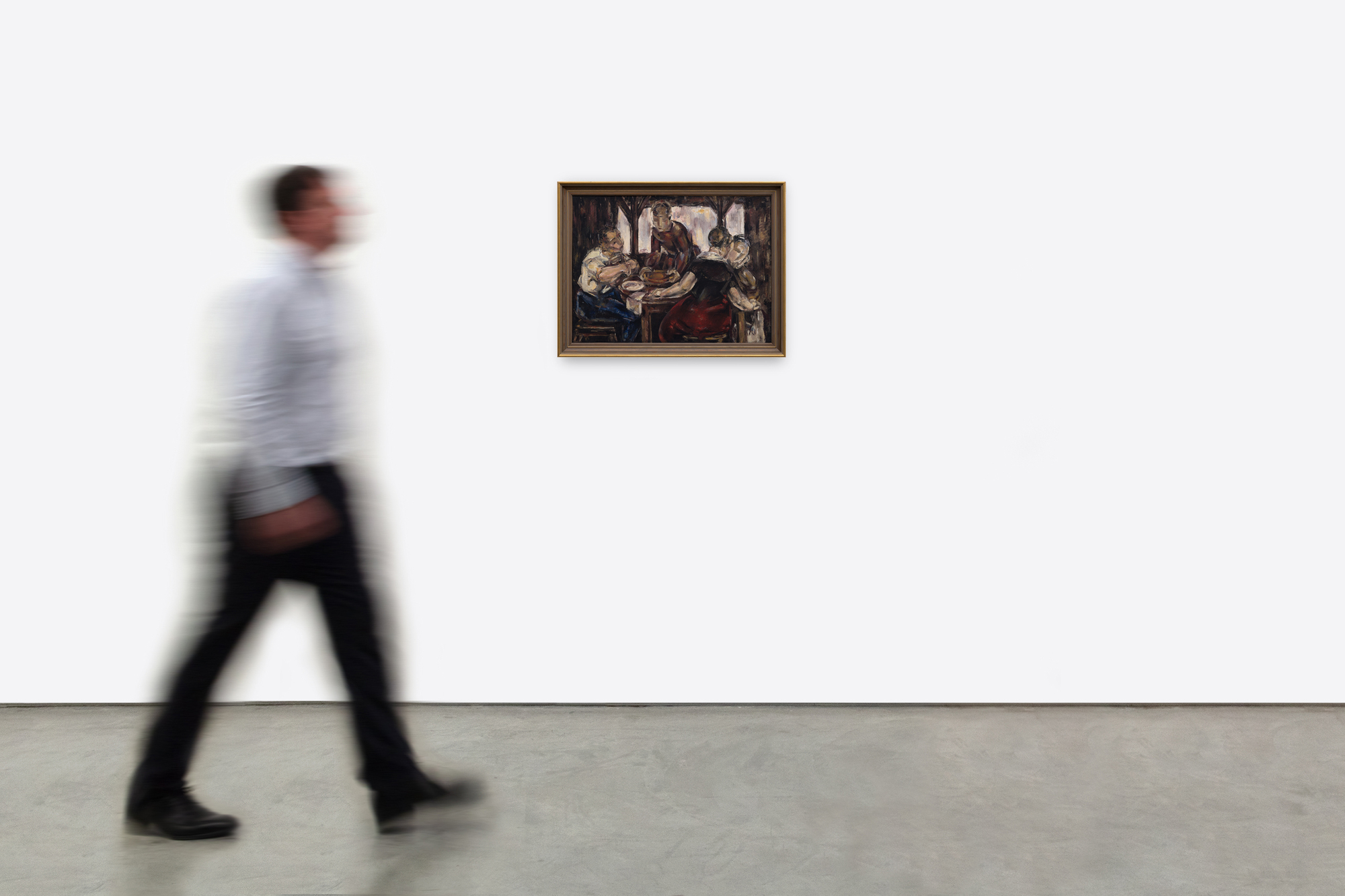

Procedencia
Colección de Carmen Egea Gutiérrez, sobrina del artistaColección privada, por descendencia
135,000
La obra de Blanchard posterior a 1921 tendió progresivamente un puente entre las formas rígidas del primer cubismo y una representación más emotiva y personal de sus temas. El rigor geométrico está presente, pero la luz naturalista de la escena y la composición volumétrica reflejan la influencia de Cézanne. Las pinceladas afiladas y las figuras angulosas evocan una sensación de protección, reflejando la intención de Blanchard de proteger el espíritu interior de sus personajes de la mirada de los demás. Sin embargo, la sensibilidad de su retrato invita al espectador a conectar emocionalmente con su obra, generando una sensación de intimidad y comunión silenciosa. A pesar de la paleta sombría, hay una sutil calidez, con el espíritu interior de las figuras protegido del juicio, muy parecido al de los cuadros de Van Gogh. Sin embargo, al sintetizar elementos del cubismo, Blanchard añadió complejidad emocional a los temas rurales explorados por van Gogh, haciendo que su contribución fuera distinta pero reflejara tradiciones artísticas anteriores.


